Deep cellular nutrition, adequate exercise, Quality sleep and Emotional detox - Tapping into these four pillars can help us create the right external and internal environment and enable the intelligence of your body to kick in, and contribute to prevention, recovery, and healing – Luke Coutinho
I am neither a God nor a Guru. I am not a healer or a doctor or a cult leader - The advocate of clean living and author of several books on health and lifestyle, Luke Coutinho announces on his website. The practitioner in the field of Integrative Lifestyle Medicine and Life Coaching has been working towards creating an ecosystem that fosters healthy lifestyle; Luke Coutinho has been curating various health and disease management programs.
His most recent book ‘Back to the Roots’ with Tamannaah Bhatia is about aligning oneself with the way our ancestors lived, which is in alignment with nature including the way we eat, live, think – and every aspect of living.
Luke Coutinho grew up in different countries worldwide due to his father’s work before finally settling in Goa. “We always had a culture of fitness, and health where we are encouraged to play outdoors, be amidst nature and eat healthy food. We were six siblings, and it was always fun. We fought a lot, but there was so much fun in that. We rarely ate out.”
He adds, “As for my studies, I pursued science, arts and then hotel management, and that is where I got introduced to food and nutrition, which became my favourite subject.”
 Luke first began by consulting patients on meaningful holistic and lifestyle changes. And, through this journey he saw that there was a need for good quality food, and wellness products that are safe and economical.
Luke first began by consulting patients on meaningful holistic and lifestyle changes. And, through this journey he saw that there was a need for good quality food, and wellness products that are safe and economical.
You Care Lifestyle, the online market place for clean living was born out of this need. "We couldn't find an honest platform as our line of work needs it, so we created one. Food can only work as medicine if it's pure and honest. To develop products that assure purity and honesty, we got in touch with farmers and genuine dealers, carefully reviewed the information on their products, and did our research.” It has everything from fresh food, to groceries, branded wellness products to fitness essentials. What started with a few brands has now grown to include 400 plus vendors with similar values and vision.
“Having worked with thousands of patients, I have learned that time and awareness are two things that can help anyone change their lifestyle,” Luke states.
Excerpts from an interview with Luke Coutinho:
 When did you decide you wanted to practice and work in the wellness industry?
When did you decide you wanted to practice and work in the wellness industry?
My journey began when I saw a gap in people's lifestyles in the corporate world where their lifestyles were getting bad to worse, despite them achieving so much success in their careers, fatter salaries, comfort, travel, etc. The higher the positions like VPs and CEOs, the faster their health deteriorates. It was also puzzling because it's not that there was a shortage of good nutritionists, dieticians, gyms, coaches, supplements, and foods. So why were people getting more and more sick? The answer to this was - lifestyle. I moved ahead and entered the field of Integrative and Lifestyle Medicine to fill that gap.
I also observed how people adopted allopathy (which is absolutely fine) without addressing the root cause behind experiencing symptoms like acidity, headache, constipation etc., and overlooking the side effects of medicine since every drug has it. It can be balanced, negated or at least made less harmful for the body with the proper nutrition.
Food is often blamed for what is caused due to bad lifestyle, overeating, and using substandard and cheap quality oils and ingredients - Luke Coutinho
I slowly started to observe that this was a common gap across all age groups, from kids to senior citizens.
Around 8-years ago, my focus was on immunity, which was long ago, even before the pandemic, because most people feel sick because of weak immune systems. Immunity and lifestyle practices that enhance or compromise it has been the foundation of our work and will continue to be that way.
You have always advocated traditional eating practices – What do you have to say about Indian eating habits – traditional vis a vis new age?
There is immense wisdom in Indian eating habits, from eating food with hands, having a balanced diet, sitting crossed-legged on the floor, to chewing mukhwas post meals. Traditions inspire my practice because I am amazed by the health of our ancestors and grandparents. Some diseases were unheard of back then. They were indeed doing something right. Now we have comfort and technology, which is excellent, but it has also slowly started ruling and dictating us and suppressing our rational minds. We gradually forgot our tradition's ancient wisdom and began to look for evidence-based science and medicine. While this may be required, it's also blinding people to use common sense. You will find my philosophy reflected in my curated products as well...a mix of traditional and new-age ingredients and techniques providing a complete product for you.
Even though wellness as a concept has gained importance. There is a whole lot of noise and clutter. How does one look through the chaos?
The main reason we came up with the idea was to create a platform that would define wellness. There is a lot of hype and fads surrounding health, and people seem more scared than informed. With this in mind, we developed a platform that helps them make informed decisions without worrying about hidden chemicals, preservatives, or harmful chemicals. We have a team that thoroughly inspects these products before they are released to the public. We do this so that a customer doesn't have to worry about quality which is often hidden behind layers of deceptive marketing, and can trust us for the entire product line. Do you know why? Because we do the same thing for our clients and my family and friends.
What is the most commonly misunderstood aspect as far as Indian Cuisine is concerned?
That it's oily and unhealthy and lacks all the nutrients. Food is often blamed for what is caused due to bad lifestyle, overeating, and using substandard and cheap quality oils and ingredients. Food cooked with synergy between two ingredients and within the framework of nature is healing in every way. There is great power in our Indian Cuisine because it is built on many studies and is backed by our roots.
What is your eating routine?
I follow the Circadian Rhythm way of eating because it works for me. There are days when I fast and days when I do not. I listen to my body and honour its dynamic needs. However, I always try to finish my last meal close to sunset.
How does the concept of 'lifestyle medicine' help in gaining mental health, which is one of the most neglected areas of routine healthcare services?
What is mental health for you? And why do we separate it from physical health! Health per se, as a definition, means physical and mental wellbeing. So, you are not healthy until you have a balance of both. I believe for a quality lifestyle; you need to ace these four pillars – Deep cellular nutrition, Adequate exercise, Quality sleep and Emotional detox. Tapping into these four pillars can help us create the right external and internal environment and enable the intelligence of your body to kick in and contribute to prevention, recovery, and healing.
The foundation of the You Care lifestyle is built on these four pillars based on the same philosophy.
You almost always have a co-author for your books – how did you choose them?
My co-authors have always been people, who I have worked with on specific changes they wanted to bring around their health and life. My books are always based on real-life examples, and every co-author of mine is inspiring and setting examples for the world in their own powerful ways. That is how we connect and discuss how their message can be put in a book and shared with the world.
Where is India faltering that it's so low on protein index
It's a big myth that Indian Cuisine is low on protein. Our ancestors ate clean and simple and yet never felt short of protein. Even wrestlers and pehelwans, who would do kushti in akhadas never felt the need to procure protein supplements or chase western diets despite spending so much physical energy. They would eat hardcore Indian and traditional diet. So what has changed? Yes, protein is a vital component, and animal protein is class A protein, but vegetarian protein can be sufficient for an average healthy individual if planned well. It isn't just about adding protein but also making sure it's bioavailable, broken down well with the right amount of stomach acids, and assimilated. With this whole chase behind protein, we are missing out on more important aspects like digestion, assimilation and bioavailability. A simple dal-rice combination gives us a complete protein. Khichdi is another protein-rich food option; pulses, legumes, beans, dairy and dairy products (if they suit you), nuts, seeds and sattu.
What is that one ingredient you would advocate people must indeed include in their daily diet?
Apple Cider Vinegar: People usually think it's good for weight loss, but its benefits are beyond weight loss. We typically recommend our clients for reducing stomach acids, thereby aiding overall digestion. And finally, your gut is everything; it is the epicentre of your health. Besides that, it also works as a great prebiotic, which serves as a fuel for probiotics.



 For various treatment purposes, different parts of the plant are harvested and made in specific ways into medicinal formulations. The green leaves, the dried leaves, the bark of the plant, the pulp of the long pod-like fruits are used. The fruits are dark-brown cylindrical pods, up to two feet long, which contain the flattish brown seeds, up to 100 in one pod. The bright yellow flowers, which are the state flowers of Kerala, also have the same quality but are excellent for cleaning the blood, known as raktasodhana. Its actions as an ayurvedic drug are due to its guru (heavy-to-digest), madhura (sweet), and sheeta (cooling) properties.
For various treatment purposes, different parts of the plant are harvested and made in specific ways into medicinal formulations. The green leaves, the dried leaves, the bark of the plant, the pulp of the long pod-like fruits are used. The fruits are dark-brown cylindrical pods, up to two feet long, which contain the flattish brown seeds, up to 100 in one pod. The bright yellow flowers, which are the state flowers of Kerala, also have the same quality but are excellent for cleaning the blood, known as raktasodhana. Its actions as an ayurvedic drug are due to its guru (heavy-to-digest), madhura (sweet), and sheeta (cooling) properties. In addition to all these uses however, the most famous use of āragvadha is for a specific type of constipation called sramsana, for which it is the prototype drug. It refers to undigested food stuck to the sides of the colon due to dry sticky nature, preventing the colon from pushing the contents forward, thus resulting in constipation. This is common today with people who restrict fats and oils in their meals to the point where everything is dry.
In addition to all these uses however, the most famous use of āragvadha is for a specific type of constipation called sramsana, for which it is the prototype drug. It refers to undigested food stuck to the sides of the colon due to dry sticky nature, preventing the colon from pushing the contents forward, thus resulting in constipation. This is common today with people who restrict fats and oils in their meals to the point where everything is dry.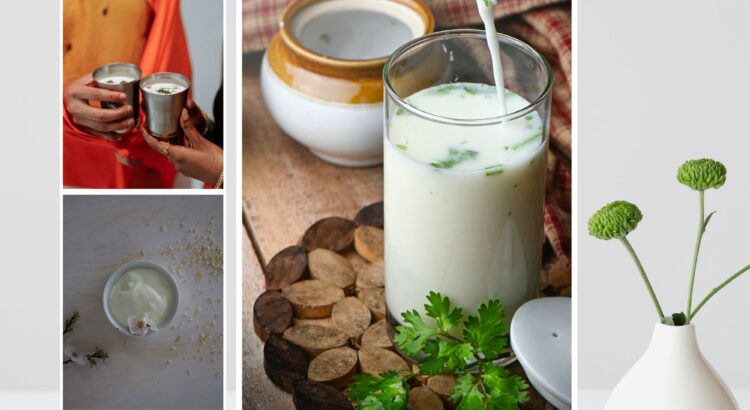

 Buttermilk on the other hand can be consumed by everyone in every season. According to the classic Ayurveda text Astangahrdayam, dated to about 400BCE, buttermilk has excellent properties that render it an ideal part of the daily diet. It is lighter than yogurt and has 5 tastes out of 6 classicially mentioned. Known as takra in Sanskṛt, buttermilk decreases excessive thurst, excessive fat, excessive sweat, ceases the diarrhea, and acts as an anti-poisonous remedy. It is also useful for hemorrhoids, skin disorders, spleen disorders, worm infestations, jaundice, ascitis and provides energy and strengthens the heart. It reduces obesity. Takra is often compared to a divine drink that helps regenerate strength and suppleness of the body.
Buttermilk on the other hand can be consumed by everyone in every season. According to the classic Ayurveda text Astangahrdayam, dated to about 400BCE, buttermilk has excellent properties that render it an ideal part of the daily diet. It is lighter than yogurt and has 5 tastes out of 6 classicially mentioned. Known as takra in Sanskṛt, buttermilk decreases excessive thurst, excessive fat, excessive sweat, ceases the diarrhea, and acts as an anti-poisonous remedy. It is also useful for hemorrhoids, skin disorders, spleen disorders, worm infestations, jaundice, ascitis and provides energy and strengthens the heart. It reduces obesity. Takra is often compared to a divine drink that helps regenerate strength and suppleness of the body.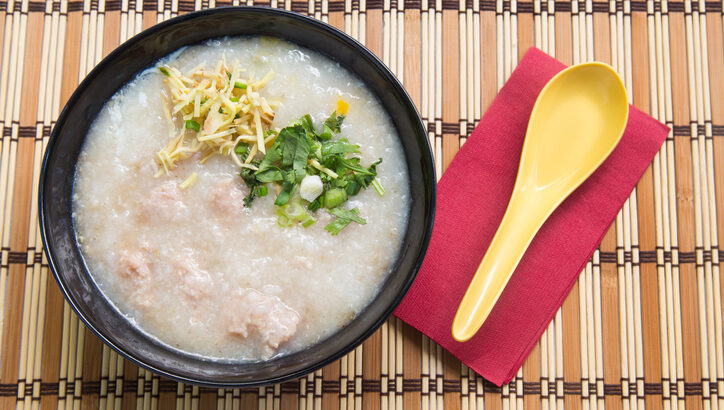


 The focus on moisture in the body is important when people are either unknowingly depleted or over-moist. Dryness in the body occurs in vata-dominant individuals as well as people exhausted from too much exercise or sex, or those with chronic lack of healthy oils in their diet. Symptoms include dry lips, dry elbows and knees, and a feeling of tightness in the body. It occurs also when people chronically take hot baths or showers that deplete their skin oils without oiling up first, known as abhyanga. For them a balanced oily diet is recommended including ghee, sesame oil, mustard oil, coconut oil, or a locally-grown oil right for the season and the individual. Vegetables with oily nature are also useful such as olives, soybeans, corn, avocado, many nuts such as cashew, walnut, peanut and coconut. It must be delivered with foods that will carry the oils into the bloodstream and into the tissues. Simply eating oily foods does not relieve chronic dryness in the tissues of the body.
The focus on moisture in the body is important when people are either unknowingly depleted or over-moist. Dryness in the body occurs in vata-dominant individuals as well as people exhausted from too much exercise or sex, or those with chronic lack of healthy oils in their diet. Symptoms include dry lips, dry elbows and knees, and a feeling of tightness in the body. It occurs also when people chronically take hot baths or showers that deplete their skin oils without oiling up first, known as abhyanga. For them a balanced oily diet is recommended including ghee, sesame oil, mustard oil, coconut oil, or a locally-grown oil right for the season and the individual. Vegetables with oily nature are also useful such as olives, soybeans, corn, avocado, many nuts such as cashew, walnut, peanut and coconut. It must be delivered with foods that will carry the oils into the bloodstream and into the tissues. Simply eating oily foods does not relieve chronic dryness in the tissues of the body.
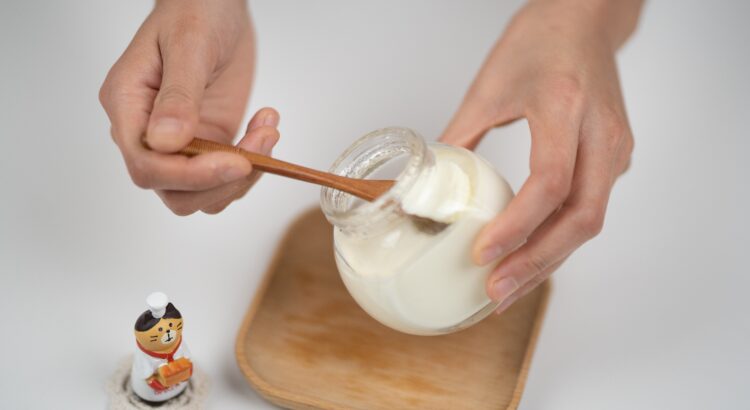
 Commonly found in every corner of India, dahi - or “doi” in Bengali, dadhi in Sanskrit, yogurt in America and curd in Europe -- is revered for its many qualities as a food, a food ingredient, and as a medicine, with its real ability to treat a variety of diseases through its many variations of preparation.
Commonly found in every corner of India, dahi - or “doi” in Bengali, dadhi in Sanskrit, yogurt in America and curd in Europe -- is revered for its many qualities as a food, a food ingredient, and as a medicine, with its real ability to treat a variety of diseases through its many variations of preparation. Throughout the many cultures of ancient Bharat, from present-day Afghanistan to Indonesia, and all the conquestors and invaders that stole from Indian wisdom, there are multiple variations on the making of dadhi. Some use earthen pots. Some use ceramic. Some use inert metals. Some use oven heat. Some use stove heat. Some use the heat of nature's hot climate. All use a form of bacteria, but some start with the cow's own Lactobacillus, and some start with green chili peppers. Most use cow's milk, but some use goat, buffalo, or sheep milk.
Throughout the many cultures of ancient Bharat, from present-day Afghanistan to Indonesia, and all the conquestors and invaders that stole from Indian wisdom, there are multiple variations on the making of dadhi. Some use earthen pots. Some use ceramic. Some use inert metals. Some use oven heat. Some use stove heat. Some use the heat of nature's hot climate. All use a form of bacteria, but some start with the cow's own Lactobacillus, and some start with green chili peppers. Most use cow's milk, but some use goat, buffalo, or sheep milk.
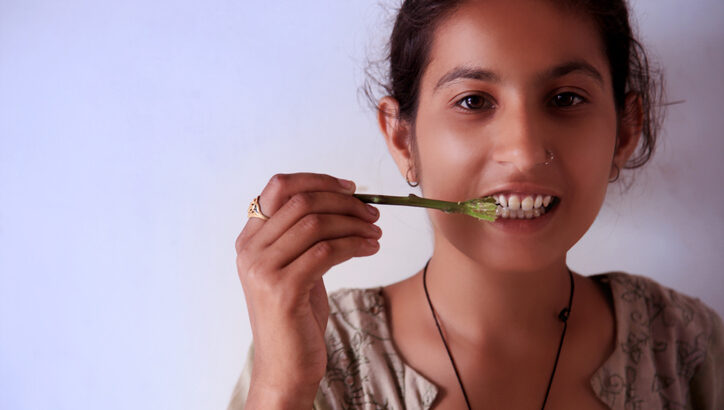

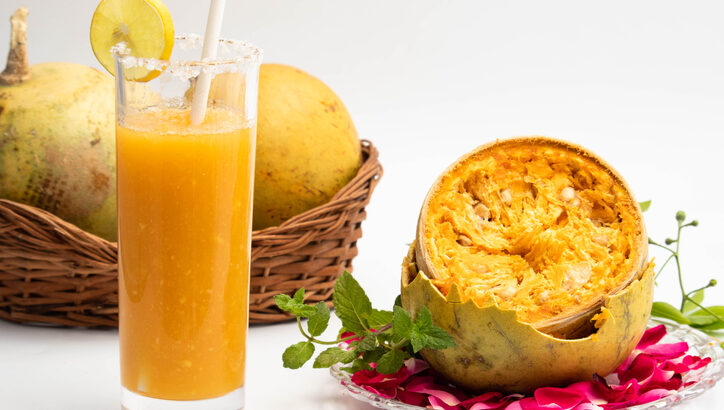


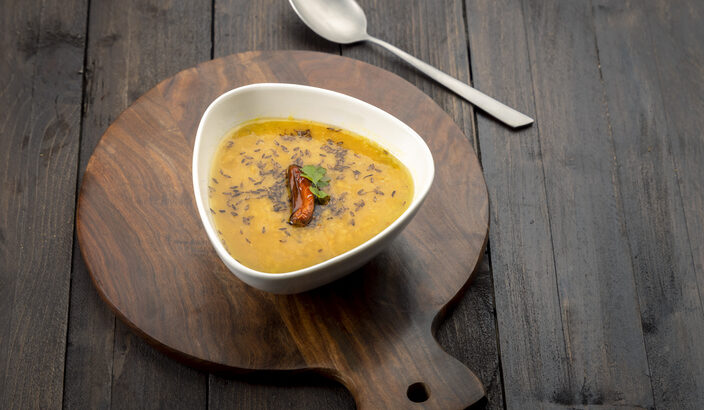



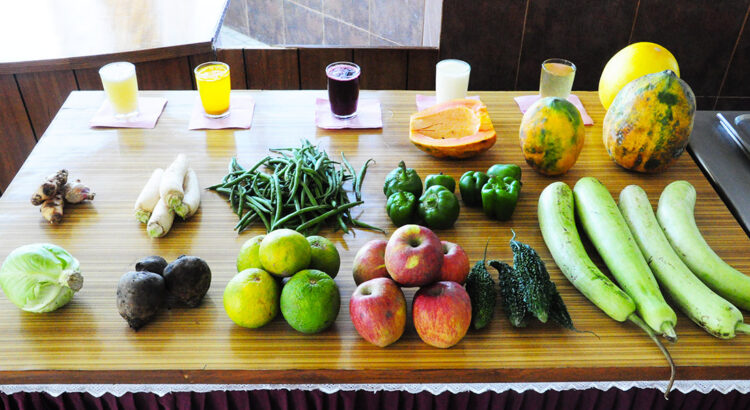


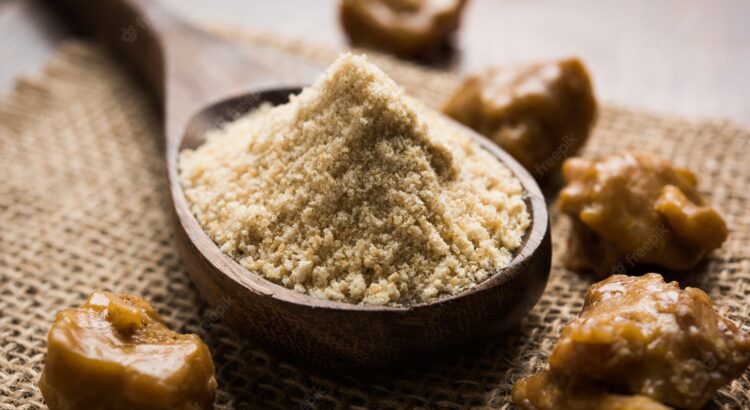
 The term hingu refers to its smell being perceived quickly, penetrating and pungent. It also has an interesting attribute of increasing its own intensity as it is exposed to air. This has given it the common name "stinking gum" by virtue of its richness in dimethyl trisulfide, an organo-sulphide. Sulfur is known to most people as the smell of rotten eggs.
The term hingu refers to its smell being perceived quickly, penetrating and pungent. It also has an interesting attribute of increasing its own intensity as it is exposed to air. This has given it the common name "stinking gum" by virtue of its richness in dimethyl trisulfide, an organo-sulphide. Sulfur is known to most people as the smell of rotten eggs. Consumption of the dried latex resin that is raw hingu aggravates pitta, inducing irritation and inflammation. Ayurvedic wisemen knew about augmentation of medicinal properties using the process called shodhana, often mistranslated as purification. The shodhana of hingu involves the simple process of frying of raw hingu with cow’s ghee. Ghee is a natural detoxicant because it makes any substance more digestible to the human body. Substances are only poisonous or toxic when they cannot be digested.
Consumption of the dried latex resin that is raw hingu aggravates pitta, inducing irritation and inflammation. Ayurvedic wisemen knew about augmentation of medicinal properties using the process called shodhana, often mistranslated as purification. The shodhana of hingu involves the simple process of frying of raw hingu with cow’s ghee. Ghee is a natural detoxicant because it makes any substance more digestible to the human body. Substances are only poisonous or toxic when they cannot be digested. Hing/ Hingu is not just a spice in the kitchen corner however. Ayurvedic physicians have been using the resin as a drug for thousands of years, knowing its heating and digestive power. Hing is cardioprotective by its action of promoting a lower heart rate. In women, hingu stimulates the onset of periods along with minimizing cramps, as it aids apana-vayu, the quality of movement and natural flows that go down and out of the body. The utility of hingu with rocksalt (saindhava) and sour mildly-fermented rice gruel (kanji) will cure hangovers as well as curb alcoholic overuse. Hingu is an antidote (prativisha) of ahiphena (opium), so it has been a potential herb used for those with opioid addiction; daily use in the diet is noted to help in overcoming opioid addiction.
Hing/ Hingu is not just a spice in the kitchen corner however. Ayurvedic physicians have been using the resin as a drug for thousands of years, knowing its heating and digestive power. Hing is cardioprotective by its action of promoting a lower heart rate. In women, hingu stimulates the onset of periods along with minimizing cramps, as it aids apana-vayu, the quality of movement and natural flows that go down and out of the body. The utility of hingu with rocksalt (saindhava) and sour mildly-fermented rice gruel (kanji) will cure hangovers as well as curb alcoholic overuse. Hingu is an antidote (prativisha) of ahiphena (opium), so it has been a potential herb used for those with opioid addiction; daily use in the diet is noted to help in overcoming opioid addiction.


